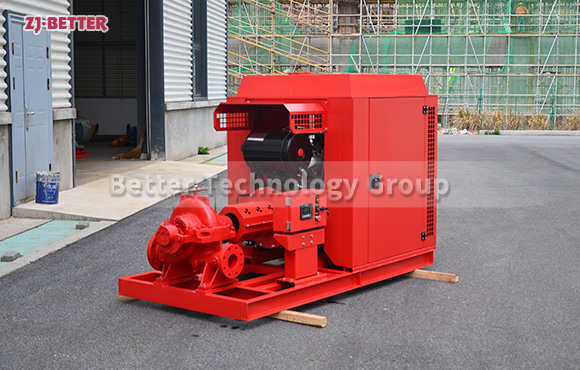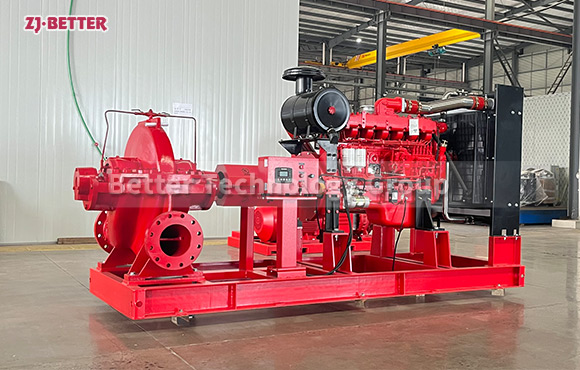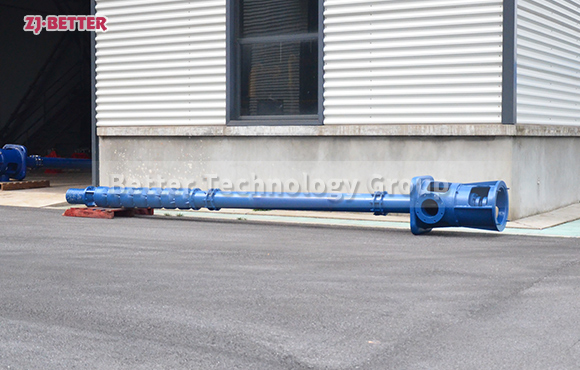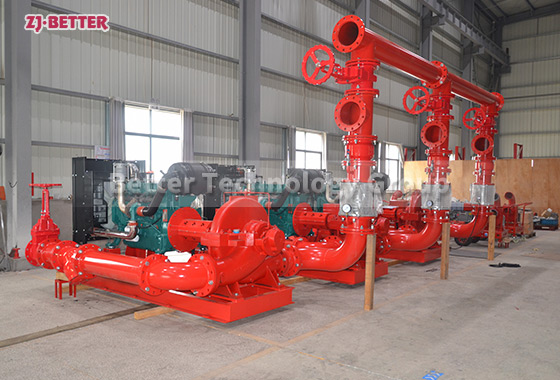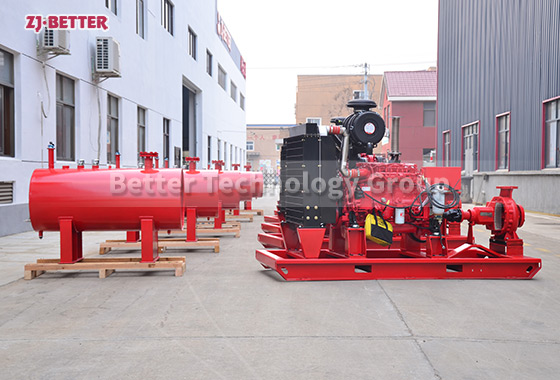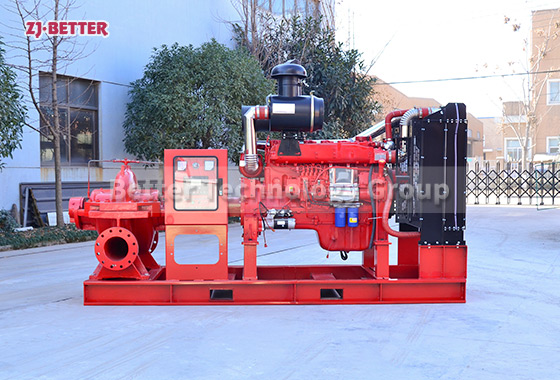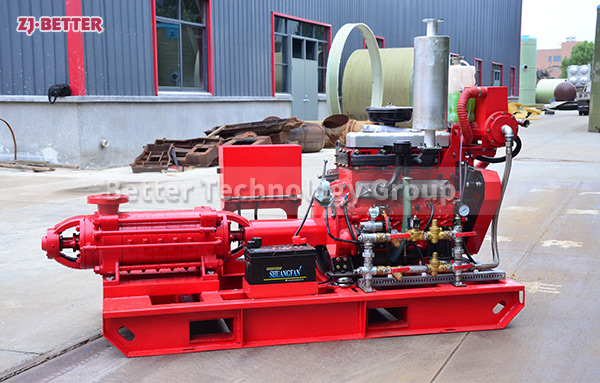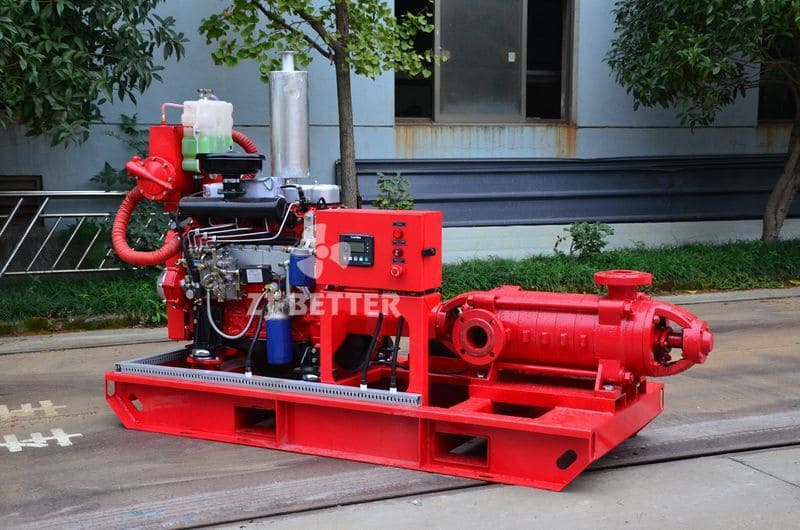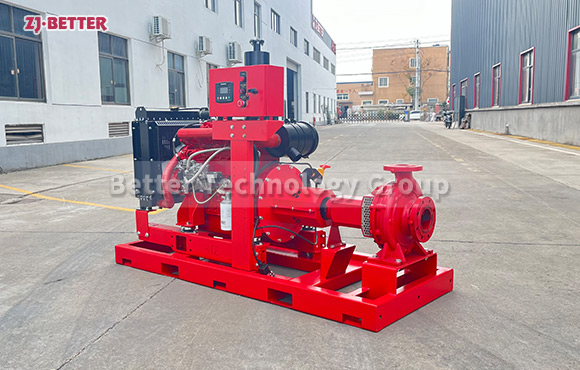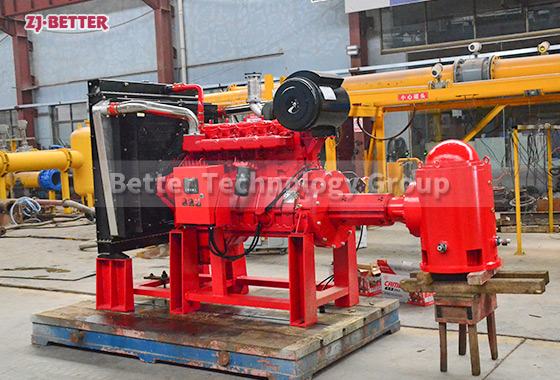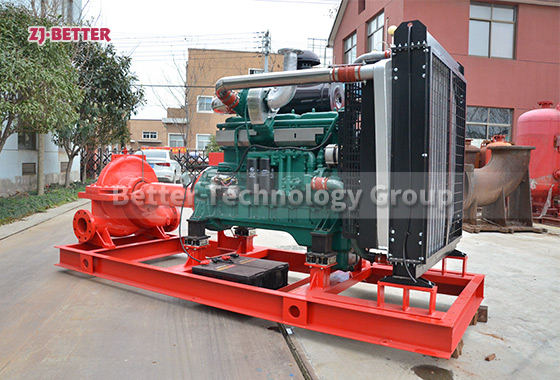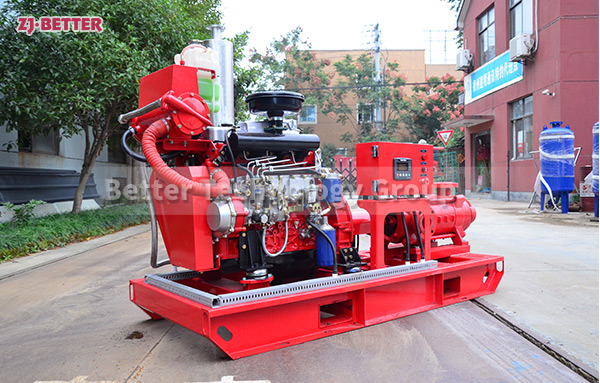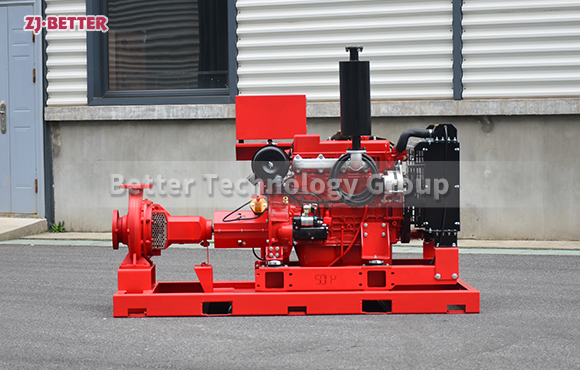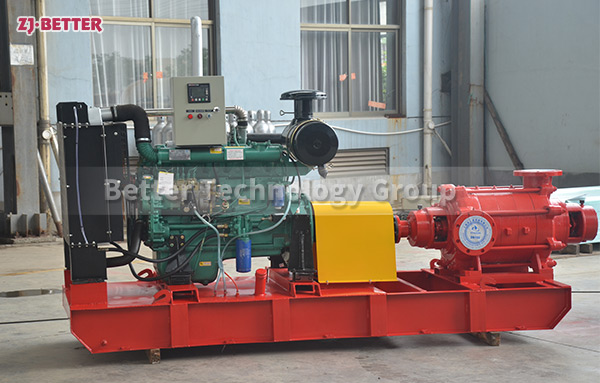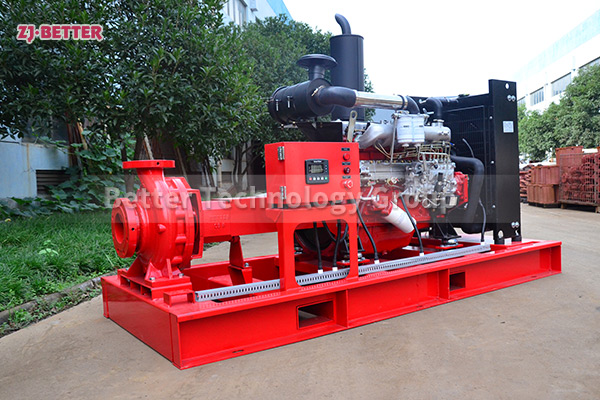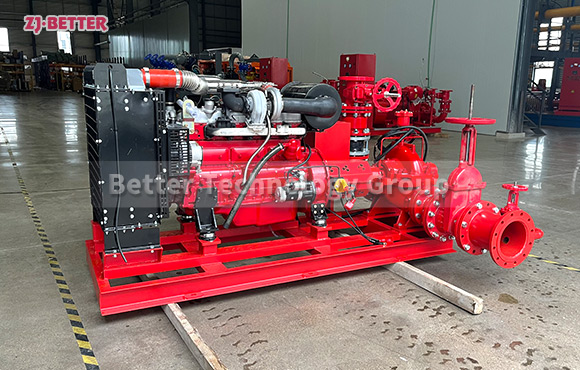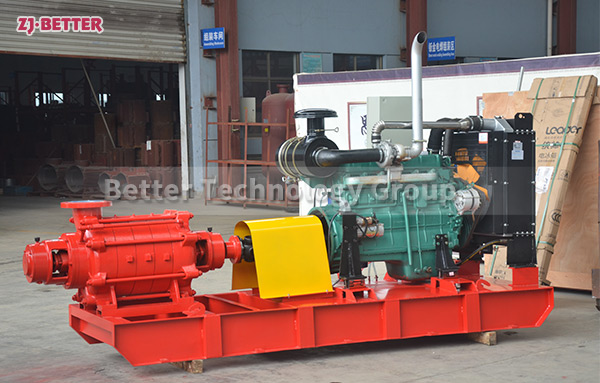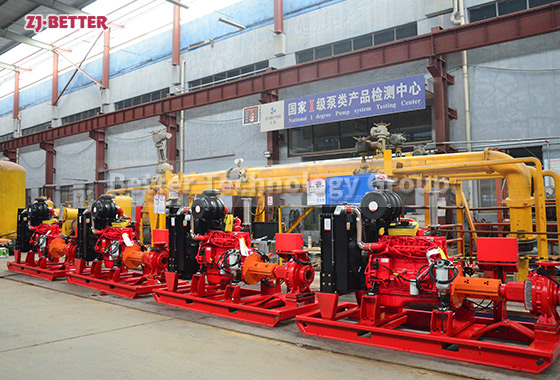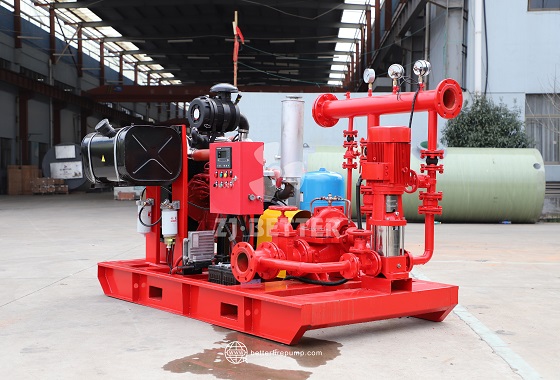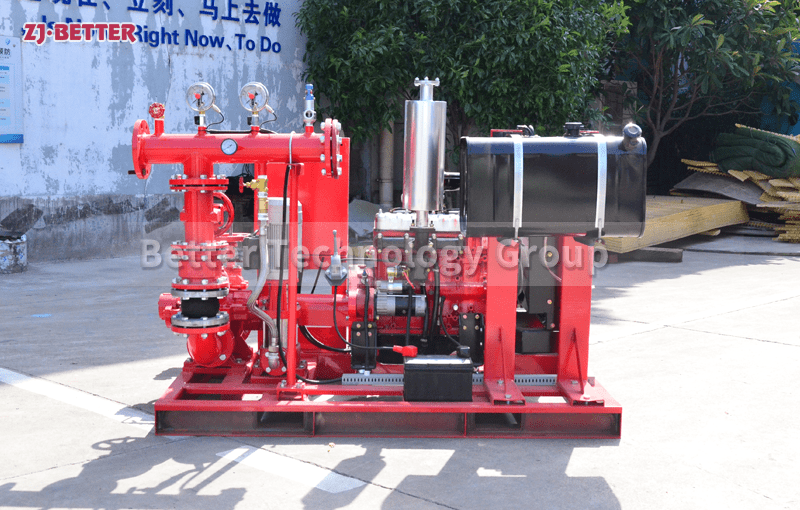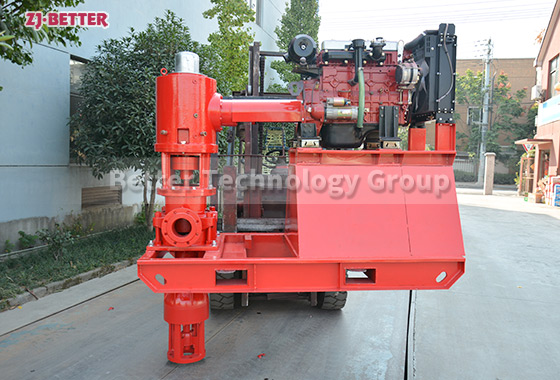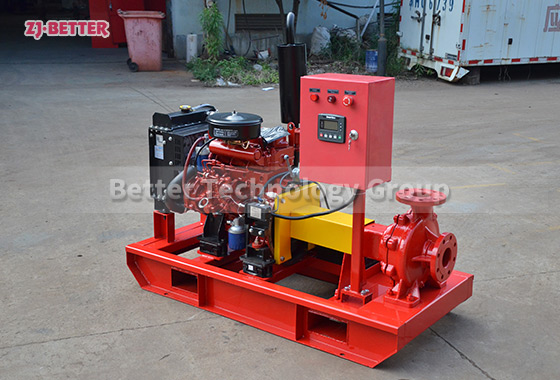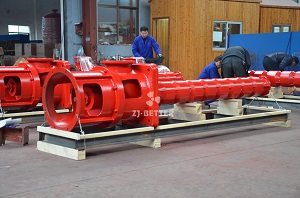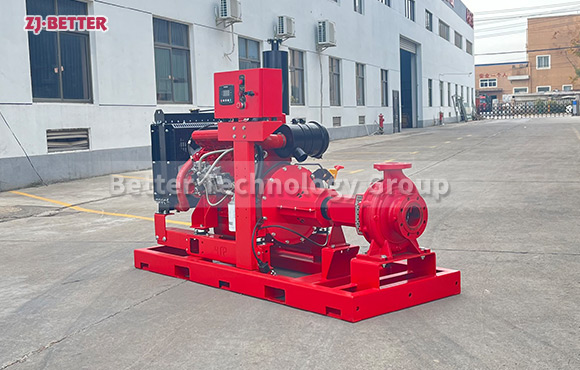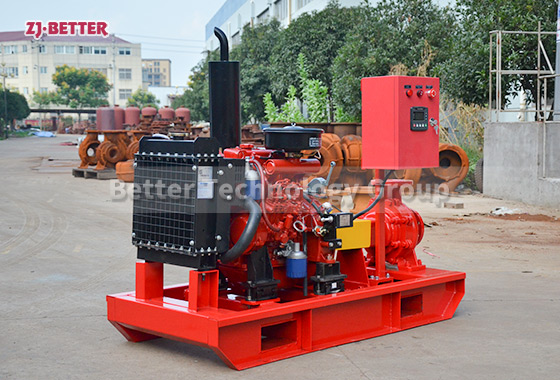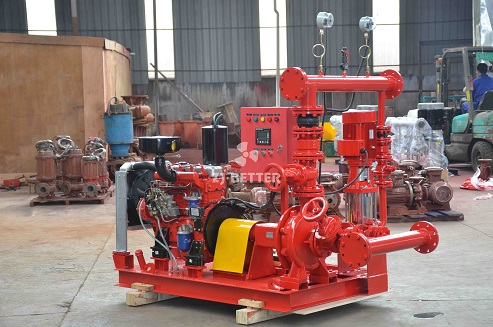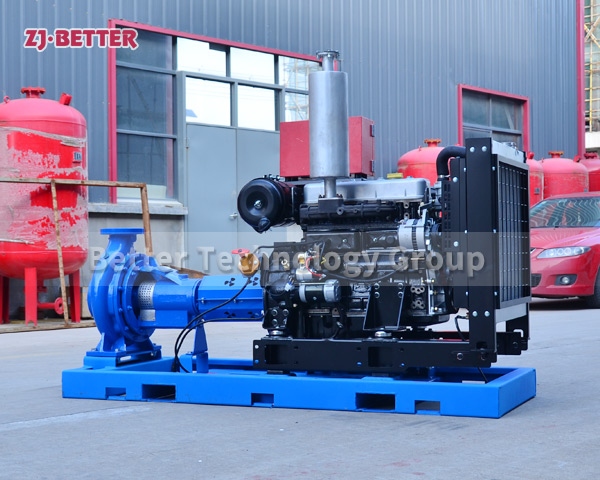Home » Diesel engine fire pump » 330kw Diesel engine split case fire pump
330kw Diesel engine split case fire pump
Environmental and Working Conditions
Ambient temperature:
Ambient temperature range 4℃-40℃.
Working to improve the ambient temperature every 5℃, its power decreased by 1%(to 25℃ as the base);
Altitude:
Reference elevation 91.4m, the reference atmospheric pressure is 100KPa;
If the work to an altitude of over 1000m, reference should be corrected GB1105 1-1987 diesel engine power, you can consult the specific technical department;
Relative humidity ≤80% (20℃), outdoor allow 90% (when installed outdoors in the order presented, you can choose to configure the outdoor structure, protection class IP55).
Contact US
Get Price
Share:
Content
Application
Chemical, oil refining, metallurgy, energy, medicine and military and other enterprises;
Processing or storage of petroleum or similar products;
Docks, transport ships, etc.
Large hotels, hospitals, gymnasium and other large public places;
Large shopping malls, large complex;
Processing or storage of petroleum or similar products;
Docks, transport ships, etc.
Large hotels, hospitals, gymnasium and other large public places;
Large shopping malls, large complex;
Inquiry
More Diesel engine fire pump

